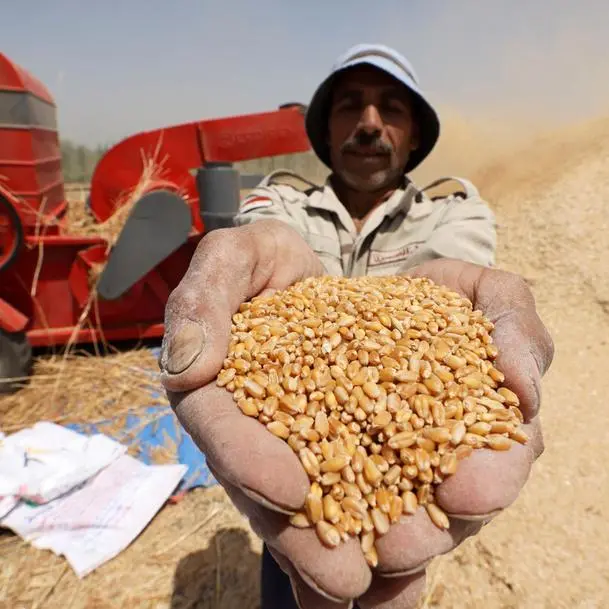PHOTO
The primary energy balance deficit increased slightly by 1% in January 2024 compared with the same period in 2023, to 0.44 million tonnes of oil equivalent (Mtoe), including royalties.
This increase is mainly due to the decline in hydrocarbon production, according to the monthly report on the energy situation for January 2024 published by the National Observatory of Energy and Mines.
The energy independence rate, which represents the ratio of primary energy resources to primary consumption, was 42% in January 2024, compared with 46% in January 2023.
However, without the royalty, the energy independence rate would have been limited to 33% in January 2024, compared to 38% in the same period in 2023.
According to the report, primary energy resources stood at 0.31 Mtoe in January 2024, a decrease of 14% compared to the same period in the previous year. This decrease is mainly due to the decline in domestic production of crude oil and natural gas.
Primary energy resources continue to be dominated by domestic production of oil and gas, both of which account for 75% of total primary energy resources.
Primary energy demand fell by 6% between January 2023 and January 2023. Demand for natural gas decreased by 12%, while demand for oil products increased by 2%.
It should be noted that demand for natural gas declined by 12% due to restrictions on the purchase of Algerian gas. STEG relied on electricity imports to meet all national demand for electricity.
The structure of primary energy demand has changed slightly, with the share of demand for oil products rising from 47% in January 2023 to 50% in the same period in 2024. The share of natural gas went down from 53% in January 2023 to 49% in January 2024.
© Tap 2022 Provided by SyndiGate Media Inc. (Syndigate.info).























